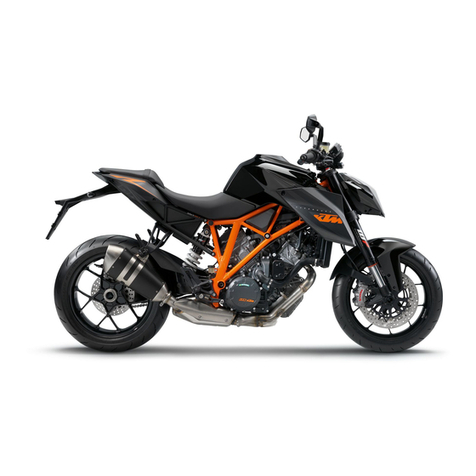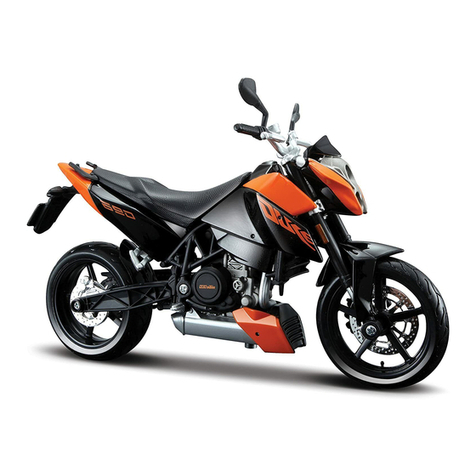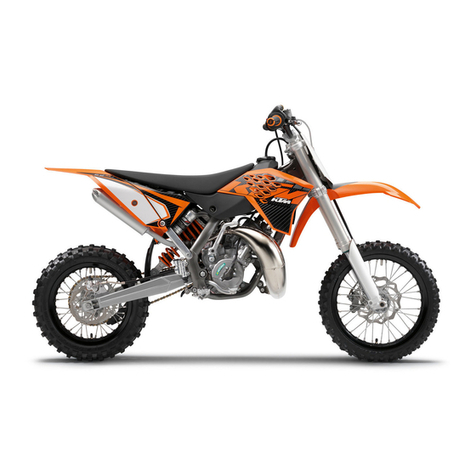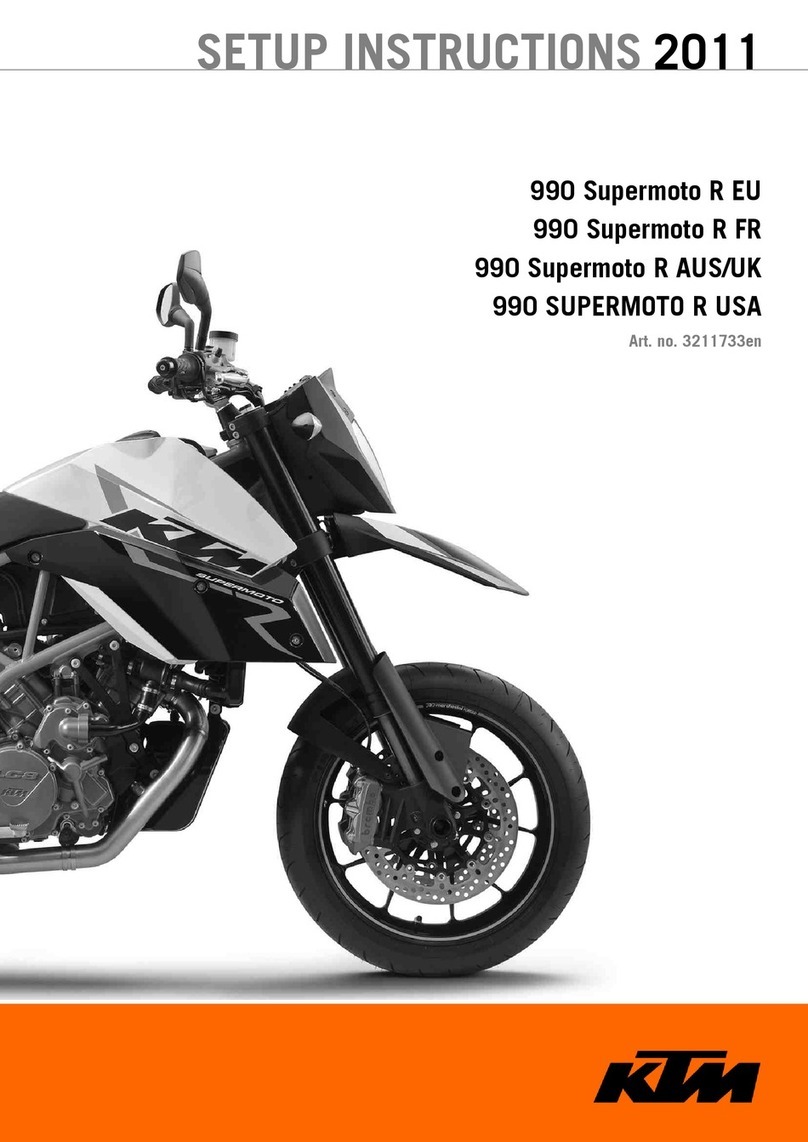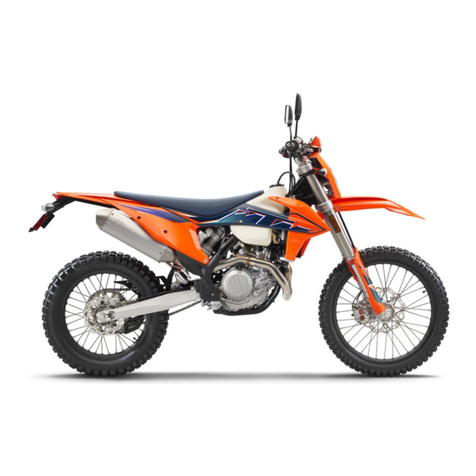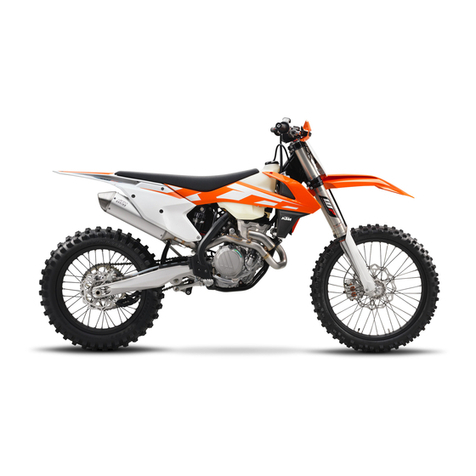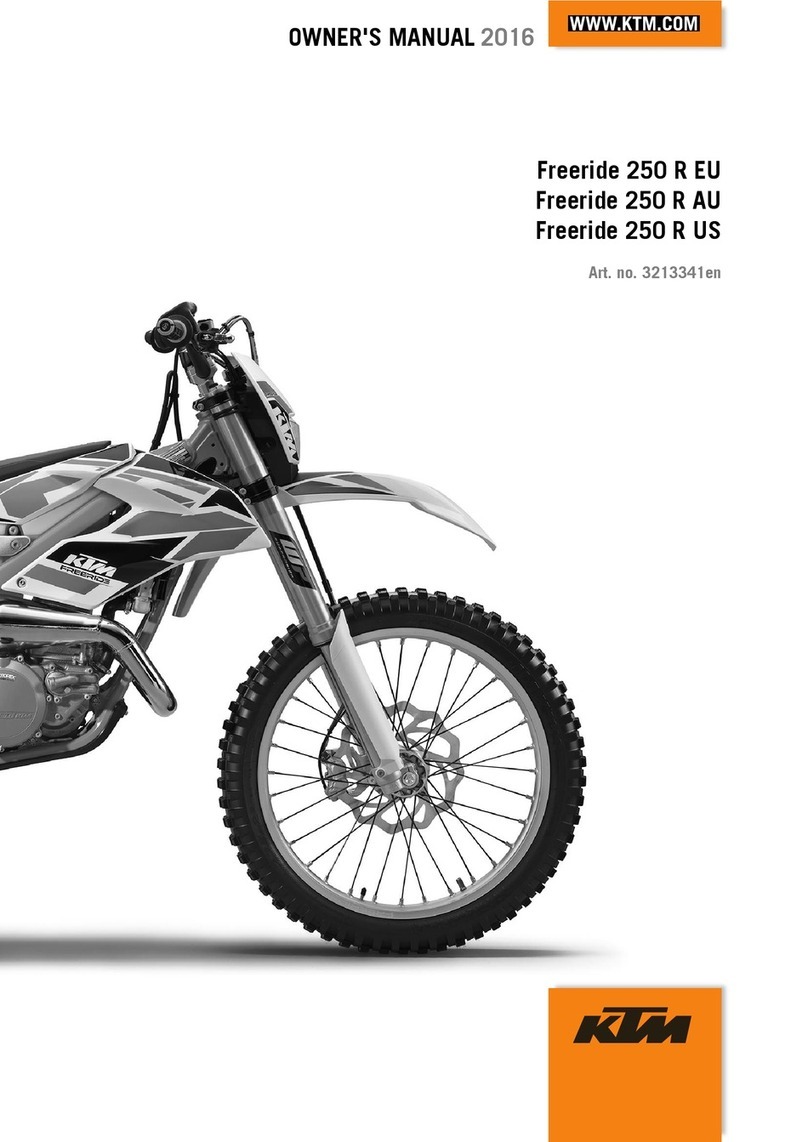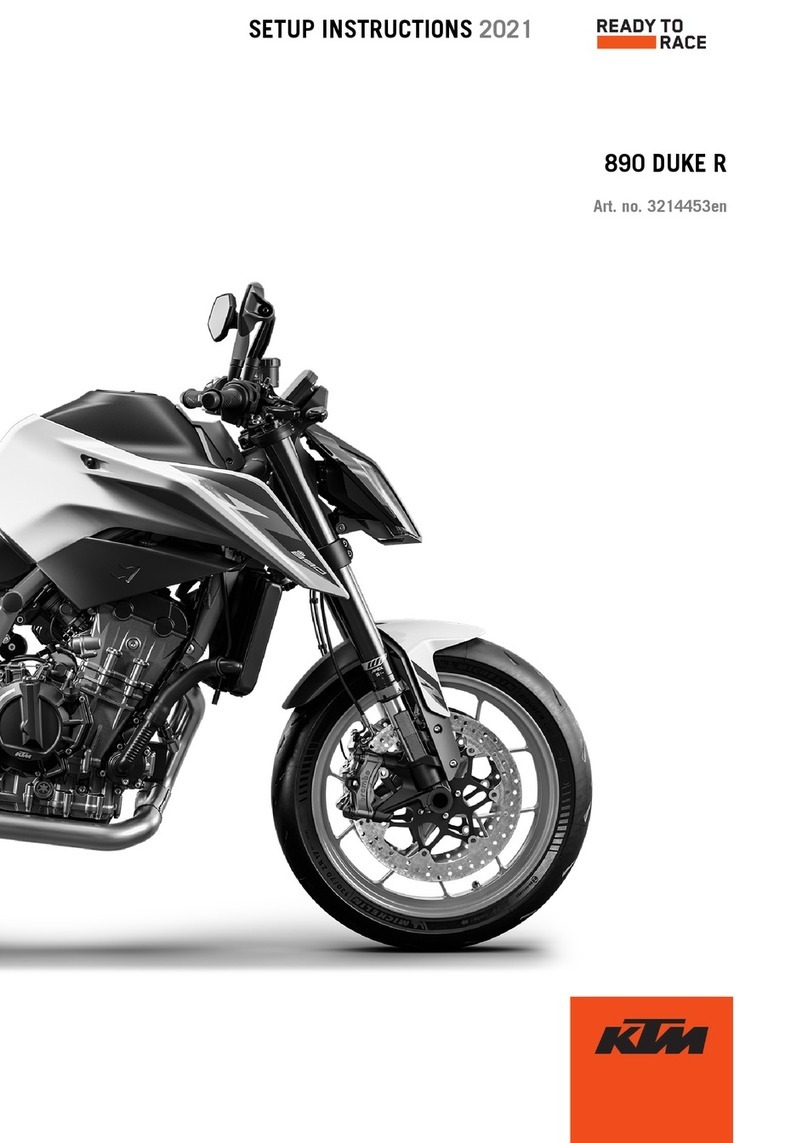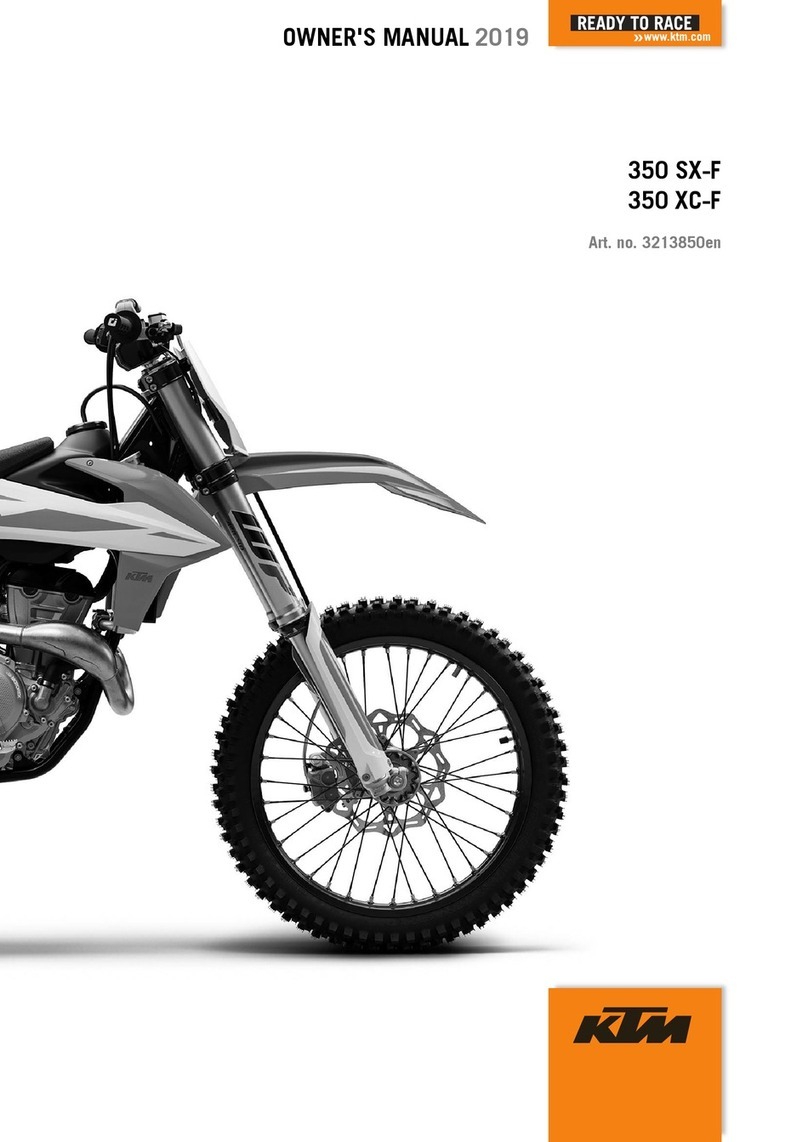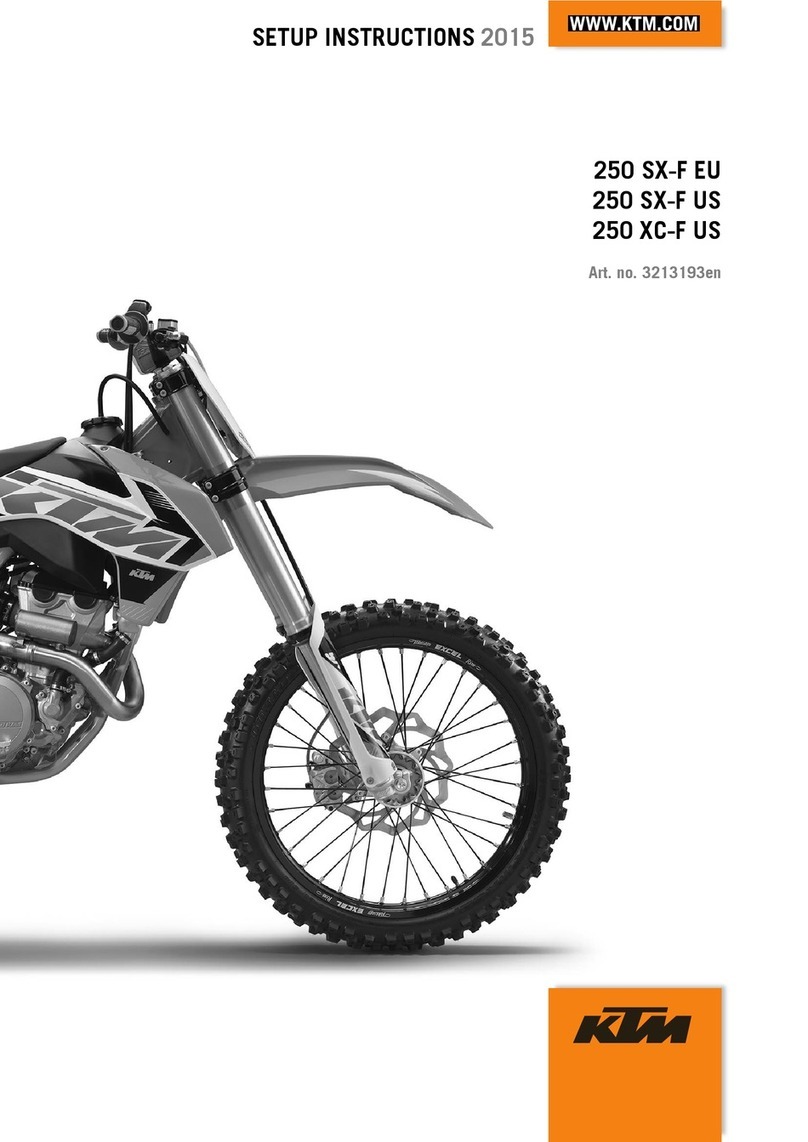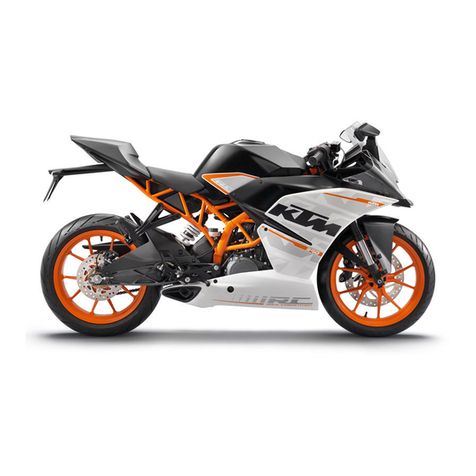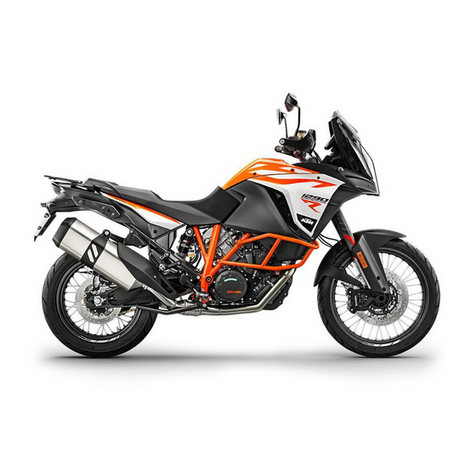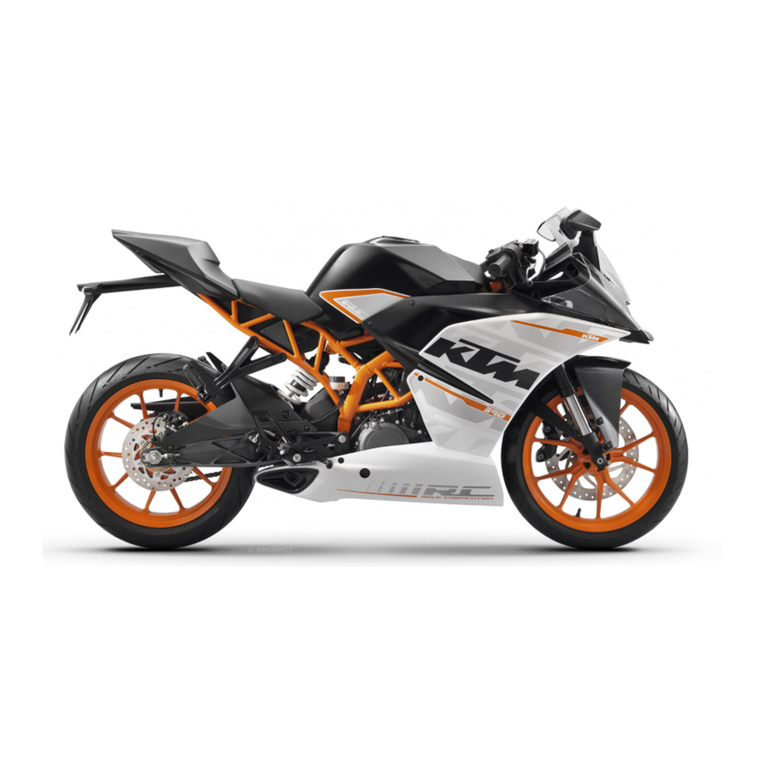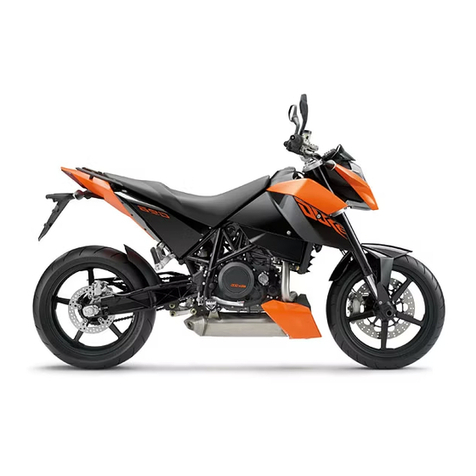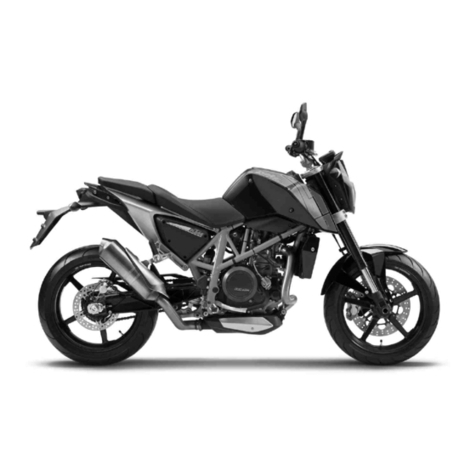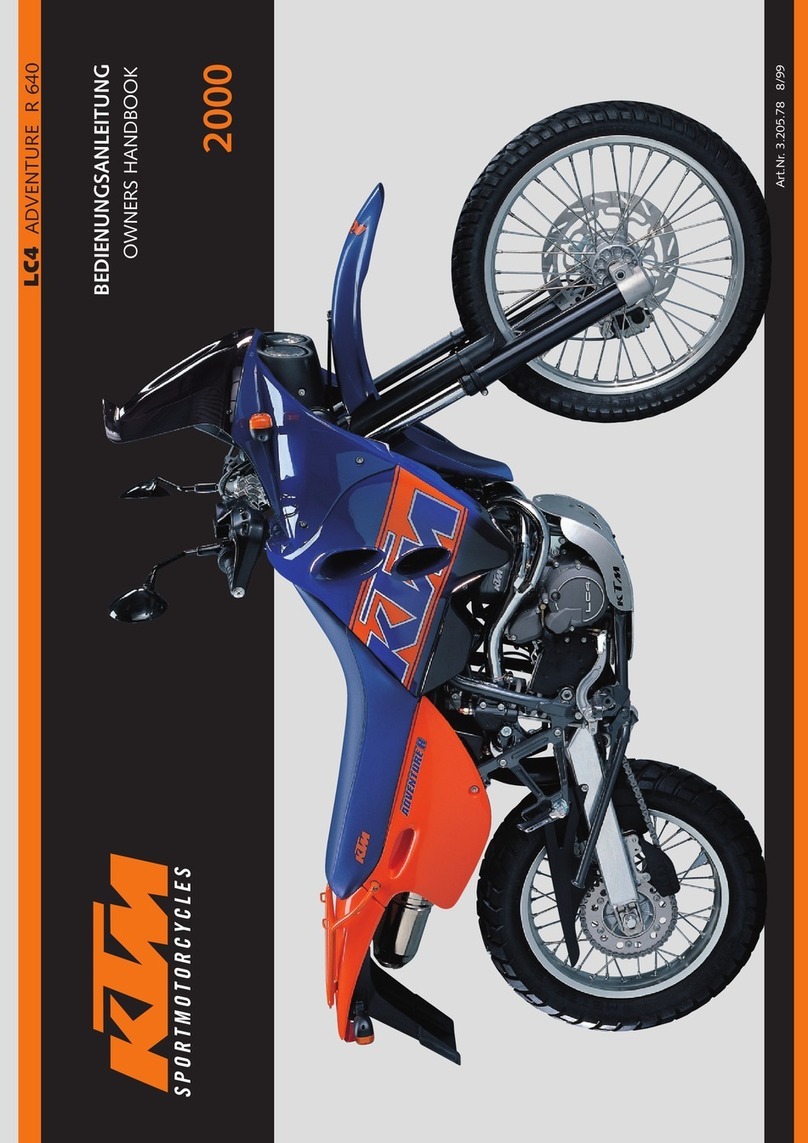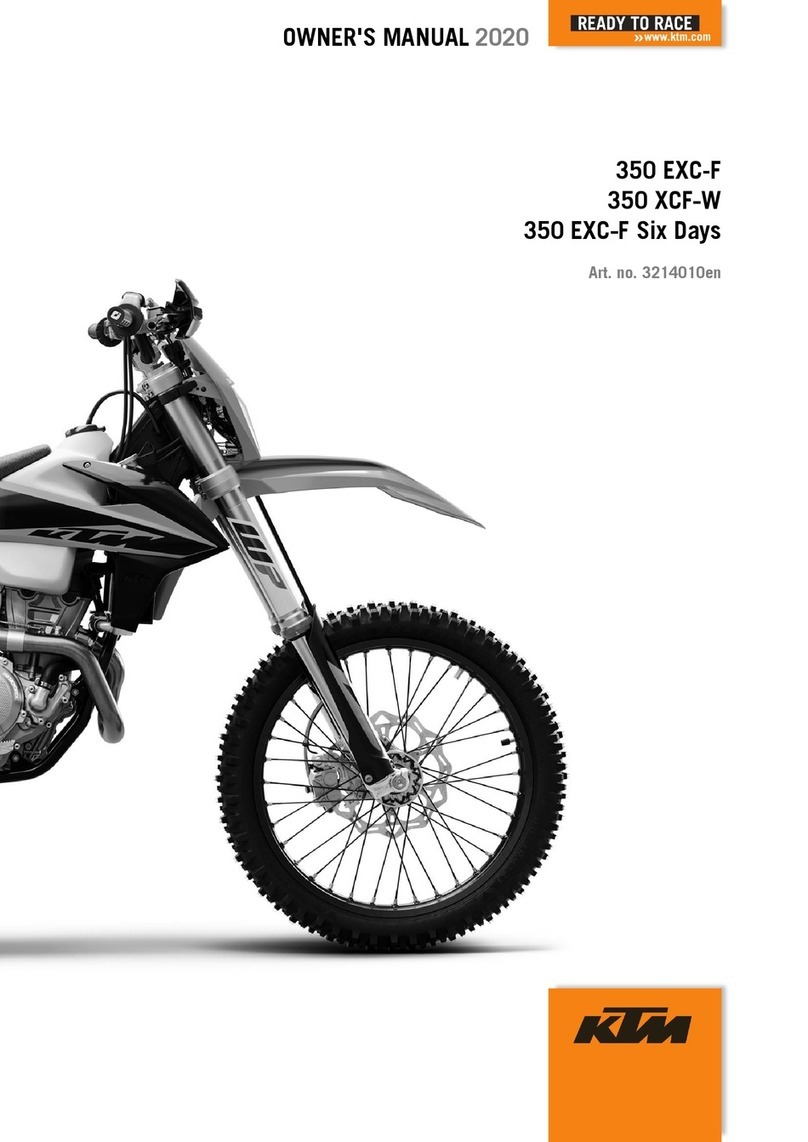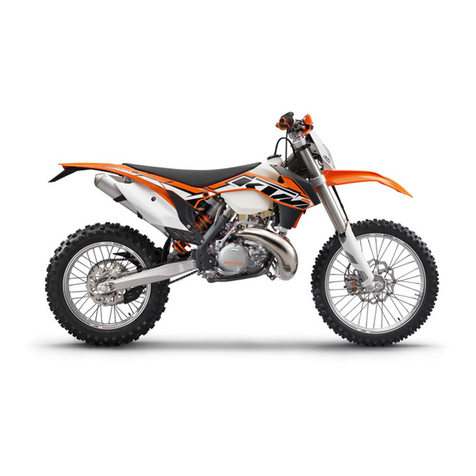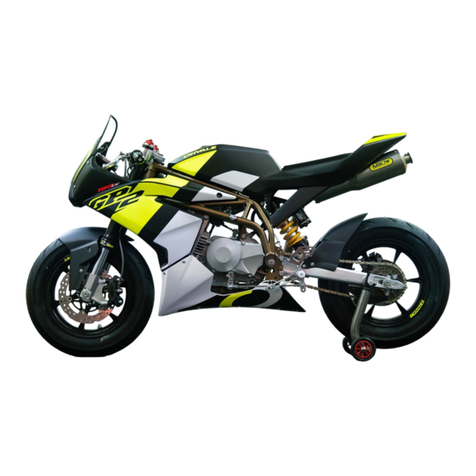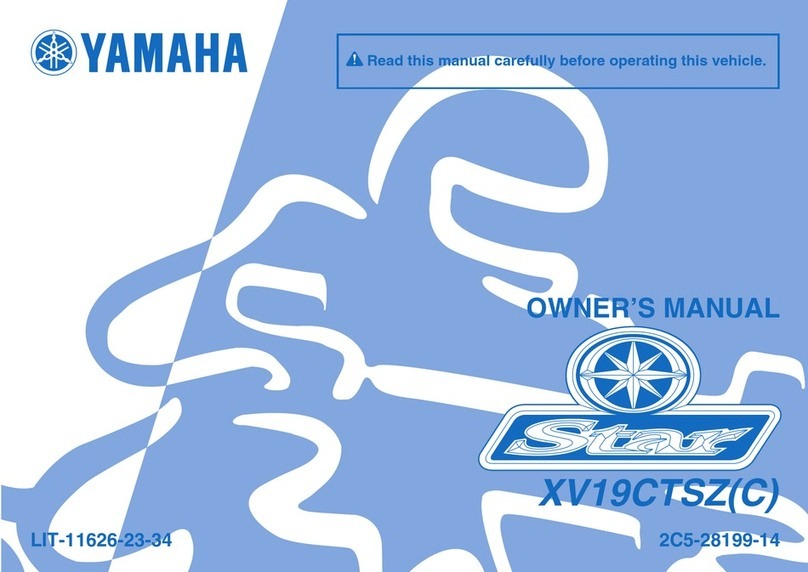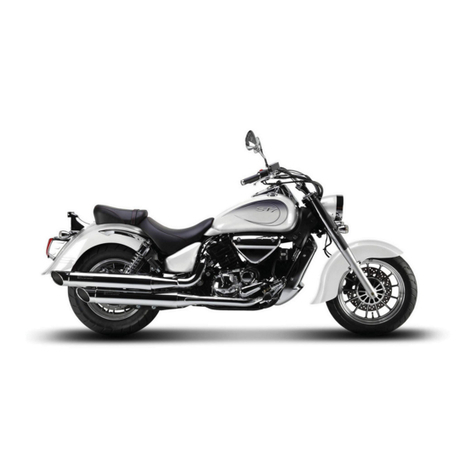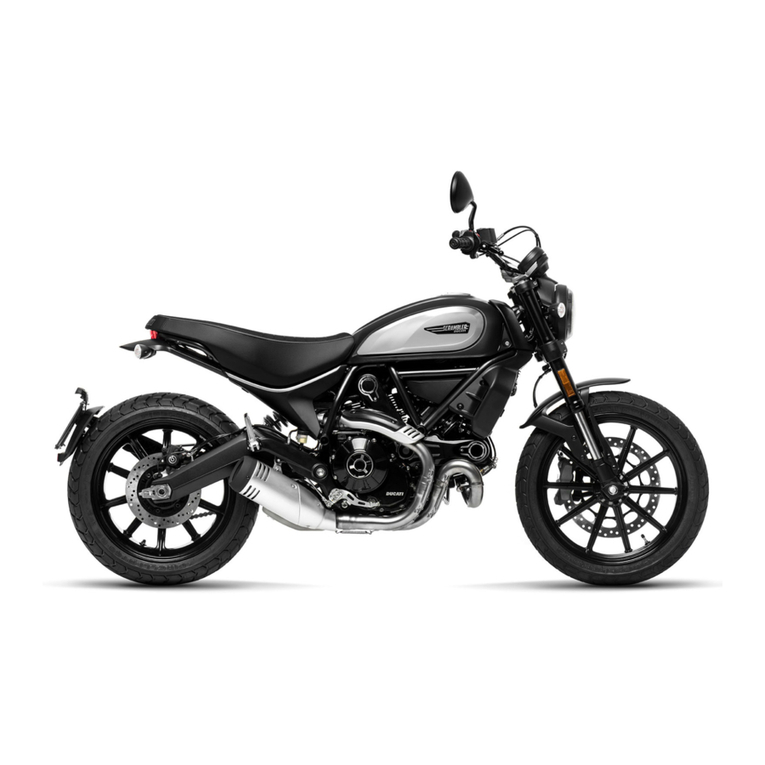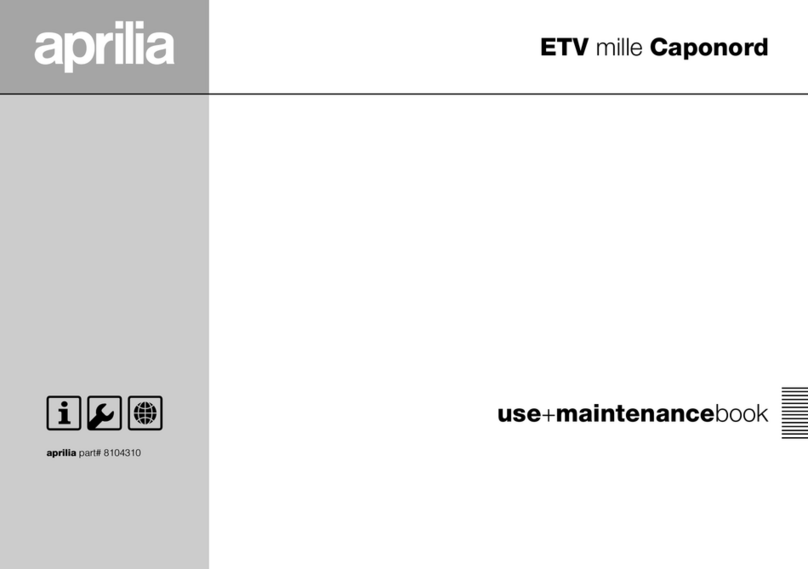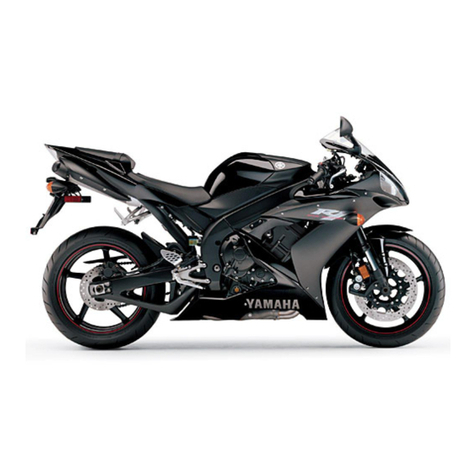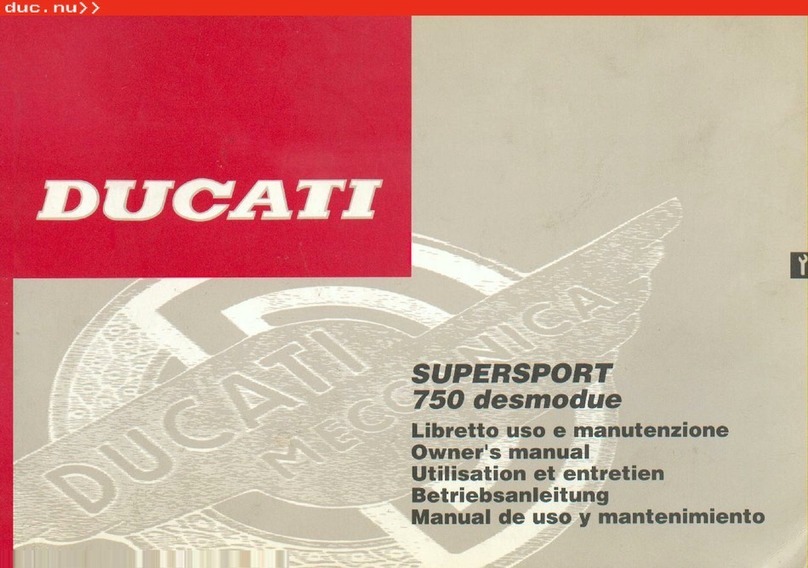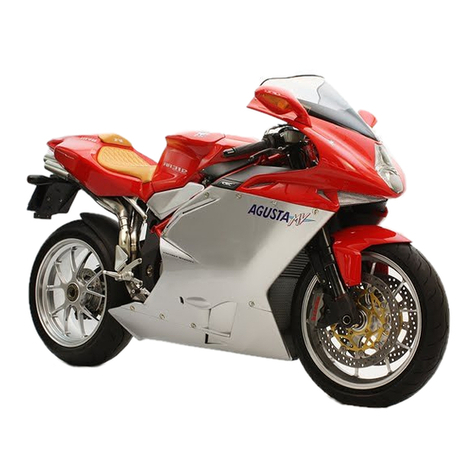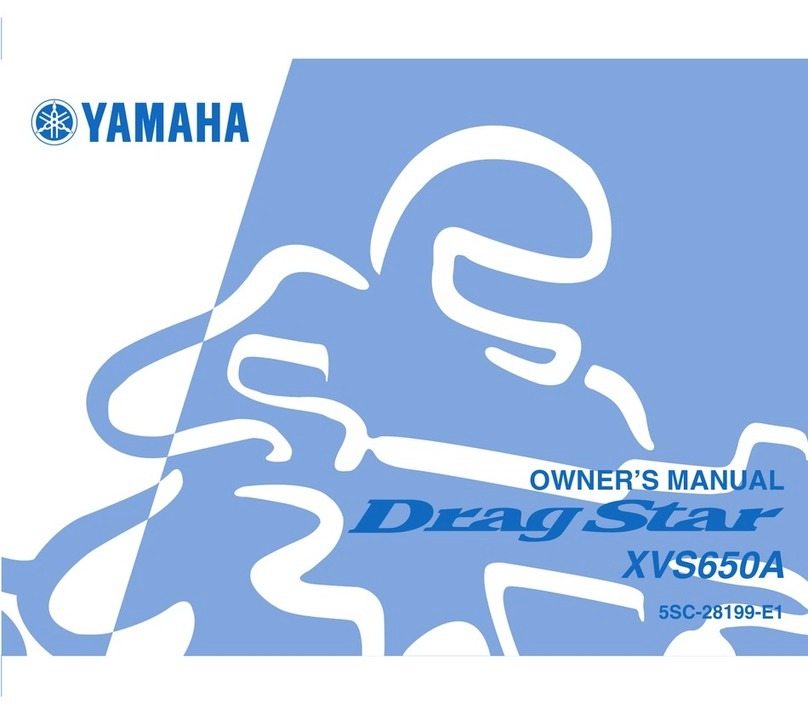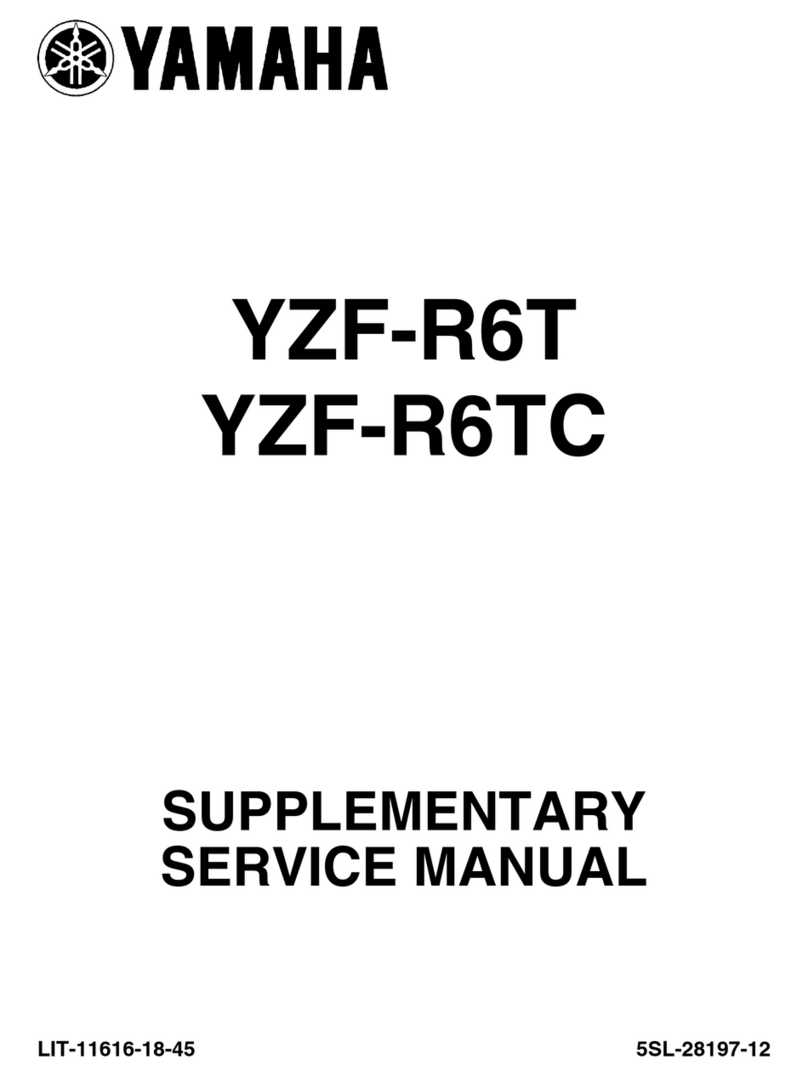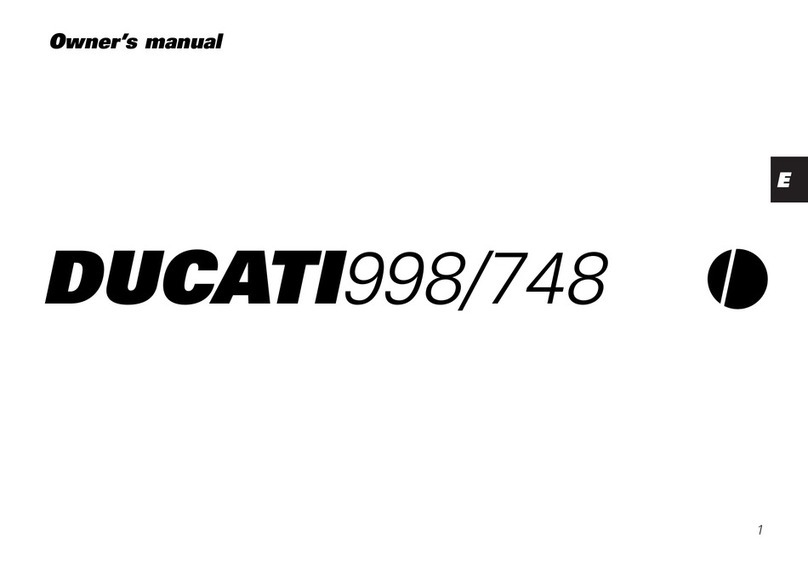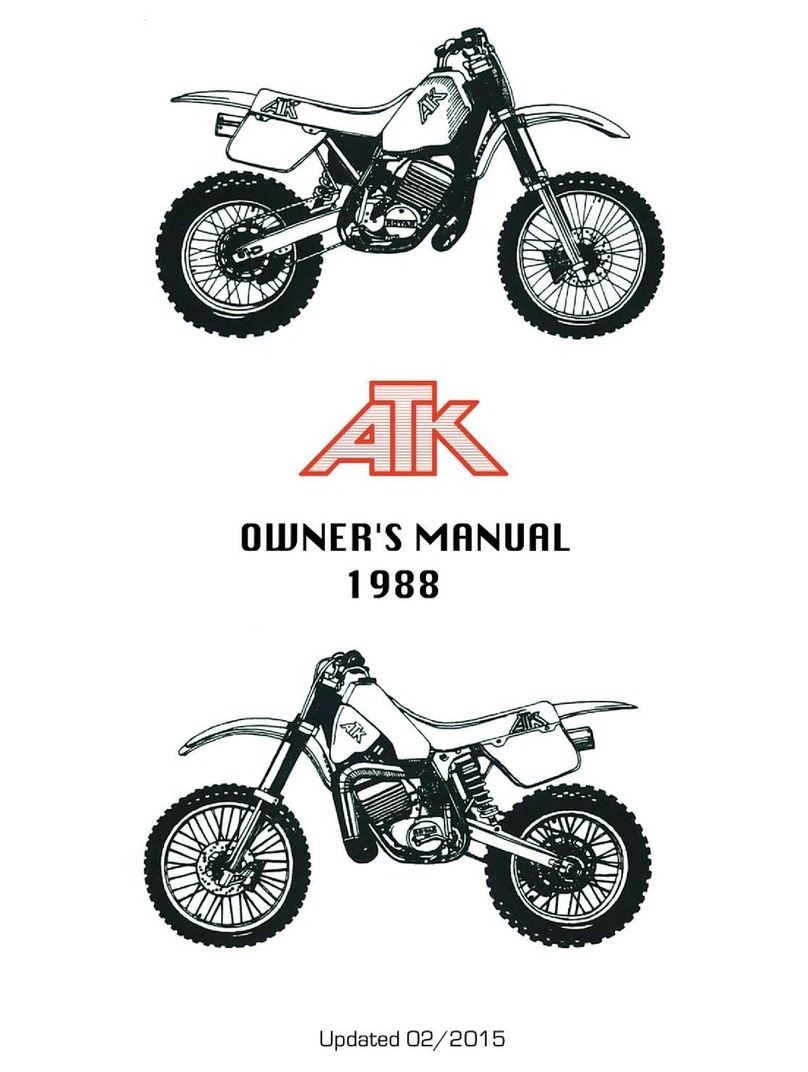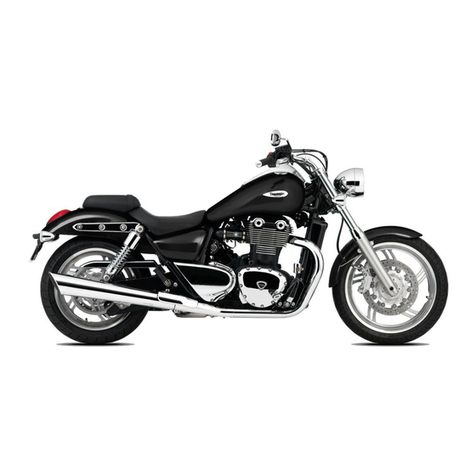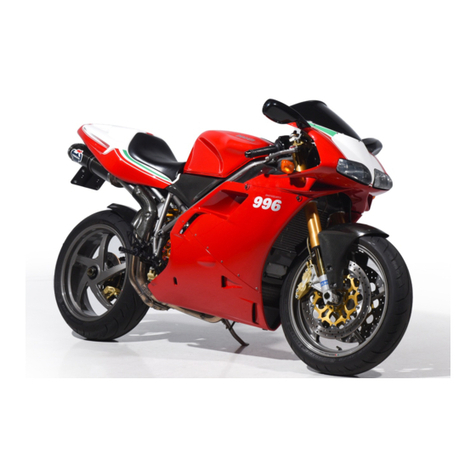ENGLISH
3
Page
LOCATING THE SERIAL NUMBERS......................................4
Frame number..................................................................4
Engine number, engine type.............................................4
OPERATION INSTRUMENTS ...............................................4
Clutch lever......................................................................4
Choke lever......................................................................4
Hand brake lever..............................................................5
Speedometer....................................................................5
Indicator lamps.................................................................5
Ignition lock.....................................................................5
Combination switch .........................................................6
Starter tip switch, emergency OFF switch.........................6
Filler cap...........................................................................6
Fuel..................................................................................7
Fuel tap............................................................................7
Oil tank............................................................................7
Shift lever.........................................................................8
Foot brake pedal..............................................................8
Steering lock ....................................................................8
Baggage carrier................................................................8
DRIVING INSTRUCTIONS ....................................................9
PERIODIC MAINTENANCE-SCHEDULE..............................12
MAINTENANCE WORK ON CHASSIS AND ENGINE ..........13
Tool kit...........................................................................13
Dismounting and mounting of seat................................13
Check and adjust steering head bearing.........................14
Changing the spring preload of the shock absorber........14
Checking chain tension ..................................................14
Readjusting chain tension...............................................15
Chain maintenance ........................................................15
Chain wear.....................................................................15
General informations about disc brakes..........................15
Hand brake lever, setting of pressure point ....................16
Checking of brake fluid level - front brake......................16
Refilling the front brake reservoir ...................................16
Checking the front brake pads .......................................16
Changing the basic position of the brake pedal..............17
Checking the rear brake fluid level .................................17
Refilling the rear brake reservoir.....................................17
Checking the rear brake pads.........................................17
Dismounting and mounting the front wheel...................18
Dismounting and mounting the rear wheel ....................18
Tires, air pressure ...........................................................19
Checking spoke tension..................................................19
Main fuse.......................................................................19
Replacing the head light bulb.........................................20
Replacing the parking-light bulb.....................................20
Battery...........................................................................20
Charging the battery......................................................21
Cooling system...............................................................21
Checking the cooling liquid level....................................22
Adjusting the clutch cable ..............................................22
Adjusting the choke cable ..............................................22
Adjusting the throttle cable............................................22
Adjusting the idle speed.................................................22
Checking the gear oil level .............................................23
Changing gear oil...........................................................23
Bleeding the oil pump ....................................................23
TROUBLE SHOOTING........................................................24
CLEANING..........................................................................26
CONSERVATION FOR WINTER OPERATION ....................26
STORAGE...........................................................................26
Re-initation after time of storage....................................26
TECHNICAL SPECIFICATIONS - CHASSIS...........................27
TECHNICAL SPECIFICATIONS - ENGINE............................28
WIRING DIAGRAM..................................................appendix
INDEX

